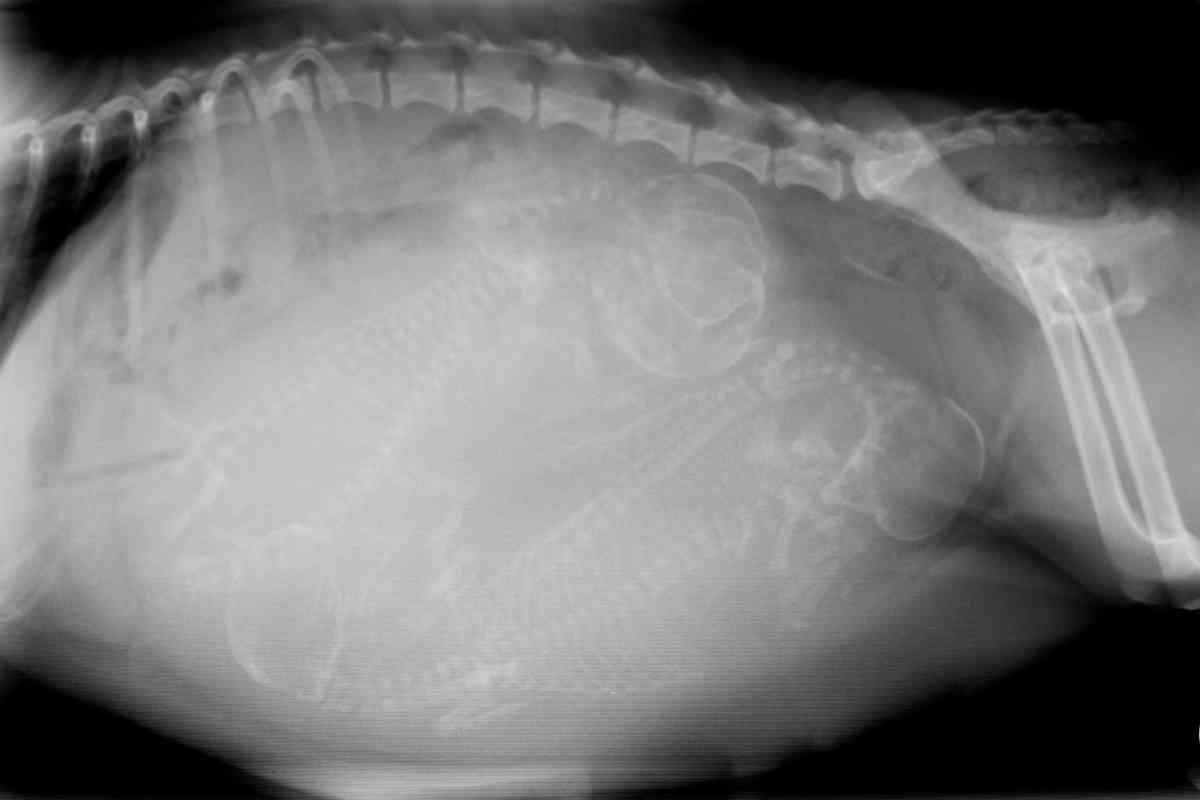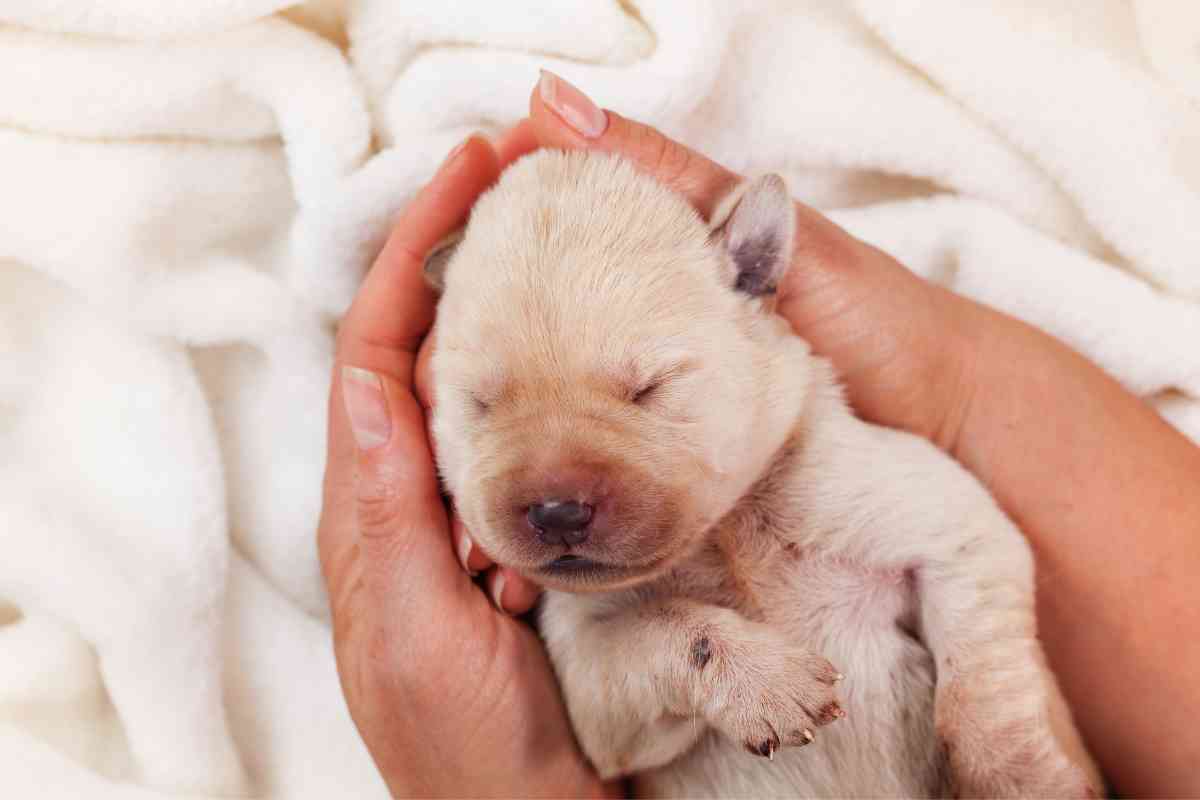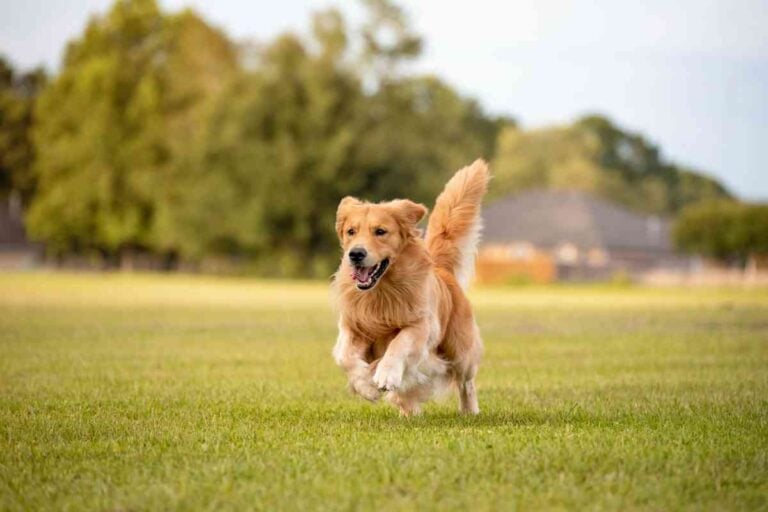Caring for a Pregnant Labrador Retriever: Tips and Guidelines
Caring for a pregnant Labrador Retriever is an exciting but challenging task. As a responsible pet owner, you need to ensure that your dog receives proper care and attention throughout her pregnancy. This includes providing her with a nutritious diet, regular exercise, and a comfortable living environment.

How do you care for a pregnant Labrador?
Provide a balanced and nutritious diet rich in proteins, vitamins, minerals, and energy. Regularly visit the veterinarian for check-ups, vaccinations (excluding live vaccines), and deworming. Monitor for signs of illness, weight gain, and fluctuating body temperature. Prepare a clean and warm whelping box for delivery.
If you’re planning to breed your dog, it’s crucial to understand the breeding process and how to confirm pregnancy.
While it’s possible to observe physical changes in your dog’s body, such as weight gain and swollen nipples, the most accurate way to confirm pregnancy is through diagnostic testing. Your veterinarian can perform an abdominal palpation or ultrasound to detect the presence of puppies. Once you confirm pregnancy, you can start preparing for your dog’s delivery and taking necessary steps to ensure a healthy pregnancy.
Proper Nutrition
Proper nutrition is crucial for the health of a pregnant Labrador Retriever and her puppies. During pregnancy, the nutritional needs of the mother increase, and it is important to provide her with a balanced and nutritious diet.
A well-balanced diet will ensure that the mother and her puppies receive all the necessary nutrients for their growth and development.
Diet
The diet of a pregnant Labrador Retriever should consist of high-quality, nutritious food. The diet should be rich in proteins, vitamins, minerals, and energy. The food should be easily digestible and contain a good balance of proteins, carbohydrates, and fats.
Commercial dog food and puppy food are excellent options to meet the nutritional needs of a pregnant Labrador Retriever. These foods are formulated to provide all the necessary nutrients for the mother and her puppies. It is important to choose a food that is specifically formulated for pregnant dogs and to follow the feeding guidelines on the package.
Nutrition
Protein is an essential nutrient for the growth and development of the mother and her puppies. It is important to provide the mother with a diet that is rich in protein, as this will ensure that her puppies receive the necessary nutrients for their growth and development.
Fat is also an important nutrient for a pregnant Labrador Retriever. It provides energy and helps to maintain healthy skin and coat. A diet that is high in fat will help to meet the increased energy requirements of the mother during pregnancy and lactation.
In addition to protein and fat, a pregnant Labrador Retriever requires a diet that is rich in vitamins and minerals. These nutrients are essential for the healthy growth and development of the puppies. Calcium and phosphorus are particularly important for the development of healthy bones and teeth in the puppies.
To ensure that the mother and her puppies receive all the necessary nutrients, it is important to provide a well-balanced diet that contains a variety of nutritious foods. A veterinarian can provide guidance on the specific nutritional requirements of a pregnant Labrador Retriever.

Health and Safety
When caring for a pregnant Labrador Retriever, it is essential to ensure their health and safety. This includes regular visits to the veterinarian, vaccinations, and monitoring for any signs of illness or complications. Here are some important sub-sections to consider:
Vaccinations
Before breeding, it is crucial to ensure that your Labrador Retriever is up to date on all their vaccinations. Pregnant dogs should not receive any live vaccines, but they can receive inactivated vaccines. It is also important to vaccinate puppies against common diseases such as distemper, parvovirus, and hepatitis.
Parasites
Parasites can pose a significant threat to the health of a pregnant dog and her puppies. Regular deworming and flea control are essential to prevent infestations. It is also crucial to monitor for any signs of lethargy or loss of appetite, which can be symptoms of parasitic infections.
Hormonal Imbalance
Hormonal imbalances can occur during pregnancy, leading to conditions such as false pregnancy or eclampsia. False pregnancy is a condition where a dog exhibits signs of pregnancy, such as lactation and nesting behavior, despite not being pregnant.
Eclampsia, also known as milk fever, is a life-threatening condition that can occur in the first few weeks after giving birth. It is caused by a sudden drop in calcium levels and can lead to seizures and death.
Herpesvirus
Herpesvirus is a common virus that can cause birth defects and neonatal death in puppies. Pregnant dogs can be vaccinated against herpesvirus to help prevent these complications.
False Pregnancy
False pregnancy is a common condition in which a dog exhibits signs of pregnancy, such as lactation and nesting behavior, despite not being pregnant. It is essential to monitor for any signs of false pregnancy and consult with a veterinarian if necessary.
Spaying
Spaying a Labrador Retriever after they have had a litter can help prevent future health complications, such as mammary gland tumors and uterine infections. However, it is important to wait until the puppies are weaned before spaying to ensure proper milk production and prevent complications.
In summary, caring for a pregnant Labrador Retriever requires careful attention to their health and safety. Regular visits to the veterinarian, vaccinations, and monitoring for any signs of illness or complications are essential. By following these guidelines and taking proper precautions, you can help ensure a healthy pregnancy and birth for your Labrador Retriever and her puppies.
Physical Changes
During the gestation period, a pregnant Labrador Retriever will undergo various physical changes. It is important to monitor these changes closely to ensure the health and well-being of both the mother and her puppies.
Pregnancy
The gestation period for a Labrador Retriever is approximately 63 days. During this time, the puppies will develop rapidly, and the mother’s body will undergo significant changes to accommodate their growth.
Weight Gain
One of the most noticeable changes during pregnancy is weight gain. A pregnant Labrador Retriever may gain anywhere from 25-35% of her body weight. It is important to monitor her weight closely and adjust her diet accordingly to ensure she is getting the proper nutrition without becoming overweight.
Body Temperature

A pregnant Labrador Retriever’s body temperature may also fluctuate during pregnancy. It is normal for her body temperature to drop slightly (below 100°F) 24-48 hours before labor begins.
Ultrasound
An ultrasound can be performed around day 25-30 of pregnancy to confirm the presence of puppies and estimate litter size. This can also help identify any potential complications early on.
X-Ray
An X-ray can be performed around day 45-50 of pregnancy to confirm the number of puppies and their positioning. This can help determine if a cesarean section is necessary for delivery.
Overall, it is important to closely monitor a pregnant Labrador Retriever’s physical changes and seek veterinary care if any concerns arise. By doing so, you can ensure a healthy pregnancy and delivery for both the mother and her puppies.
Whelping and Delivery
When it comes to caring for a pregnant Labrador Retriever, you must be prepared for the whelping and delivery process. Here are some important things to keep in mind:
Delivery
The delivery process for a pregnant Labrador Retriever typically lasts between 6-12 hours. However, it’s important to note that it can take up to 24 hours. During delivery, you should keep a close eye on your dog and watch for any signs of distress. If you notice anything concerning, it’s best to contact your veterinarian immediately.
Whelping Box
A whelping box is a safe and comfortable space for your pregnant dog to give birth. It should be large enough for the mother and her puppies to move around freely.
The whelping box should also have a consistent temperature of around 85 degrees Fahrenheit, as puppies are not able to generate their own body heat until they are 2 ½ weeks old. You should also make sure that the whelping box is clean and free of any potential hazards.
Milk Production
Milk production is an important part of the whelping process. As the delivery date approaches, your dog’s milk production will increase.
You should make sure that your dog is getting enough calcium to support milk production. However, it’s important to note that too much calcium can lead to eclampsia, a serious condition that can be life-threatening for your dog.
Colostrum
Colostrum is the first milk produced by the mother after delivery. It is rich in antibodies and nutrients that are important for the health of the newborn puppies. You should make sure that the puppies are nursing and receiving colostrum within the first few hours after delivery.
Lactation
Lactation is the process of producing milk for the puppies. You should monitor your dog’s milk production and make sure that the puppies are nursing regularly. If you notice any issues with milk production or nursing, it’s best to contact your veterinarian.
Whelping Area
The whelping area should be a clean and quiet space for your dog and her puppies.
You should layer newspaper on the floor around the whelping area and make sure that the room temperature does not drop below 78 degrees Fahrenheit. You can monitor your dog’s temperature as well. Something as small as a 1 degree Celsius drop can show that birth is about to happen.
In conclusion, the whelping and delivery process is an important part of caring for a pregnant Labrador Retriever. By following these tips and keeping a close eye on your dog, you can help ensure a safe and healthy delivery for both the mother and her puppies.
Exercise and Walks
When it comes to caring for a pregnant Labrador Retriever, exercise and walks play a crucial role in maintaining the health of the mother and her puppies. Here are some important things to keep in mind:
Exercise Routine
It’s essential to establish an exercise routine that is safe and appropriate for a pregnant dog. Consult with your veterinarian to determine the best exercise plan for your dog, taking into account her age, weight, and overall health.
Regular Exercise
Regular exercise is important, but it’s also crucial to avoid over-exercising a pregnant dog. Shorter and more frequent walks are better than long and strenuous ones. This will help prevent exhaustion and ensure that the mother has enough energy to carry and feed her puppies.
Walk
Daily walks are essential, but it’s important to avoid running, jumping, and rough play during pregnancy. This can cause harm to the mother and her puppies.
Proper Rest
Proper rest is crucial for a pregnant dog. It’s important to provide a comfortable and quiet space for the mother to rest and sleep. This will help prevent stress and ensure that she is well-rested and healthy.
In conclusion, exercise and walks are an essential part of caring for a pregnant Labrador Retriever. It’s important to establish a safe and appropriate exercise routine, provide regular exercise, avoid over-exercising, and ensure proper rest. By following these guidelines, you can help ensure the health and well-being of your pregnant dog and her puppies.
Conclusion
Taking care of a pregnant Labrador Retriever can be a rewarding experience for any dog owner. It is important to provide your dog with proper nutrition, exercise, and veterinary care throughout her pregnancy.
As mentioned earlier, Labradors are pregnant for about 9 weeks and it is important to monitor their temperature during this time. You should also prepare a whelping box for your dog to give birth in and assist with the recovery process after giving birth.
It is crucial to provide your pregnant Labrador with a highly-nutritious diet to ensure the healthy development of her puppies. You should also be aware of the signs of pregnancy and seek veterinary care if necessary. Diagnostic testing, such as abdominal palpation, can accurately determine if your dog is pregnant.
Once the puppies are born, it is important to provide them with proper care as well. Be sure to keep the whelping box warm and clean, and provide the puppies with adequate nutrition. It is also important to socialize the puppies and provide them with proper veterinary care.
In conclusion, caring for a pregnant Labrador Retriever requires time, effort, and dedication. However, the reward of healthy puppies and a happy mother is well worth it. By following the tips and guidelines provided in this article, you can ensure a successful pregnancy and birth for your Labrador and her puppies.






